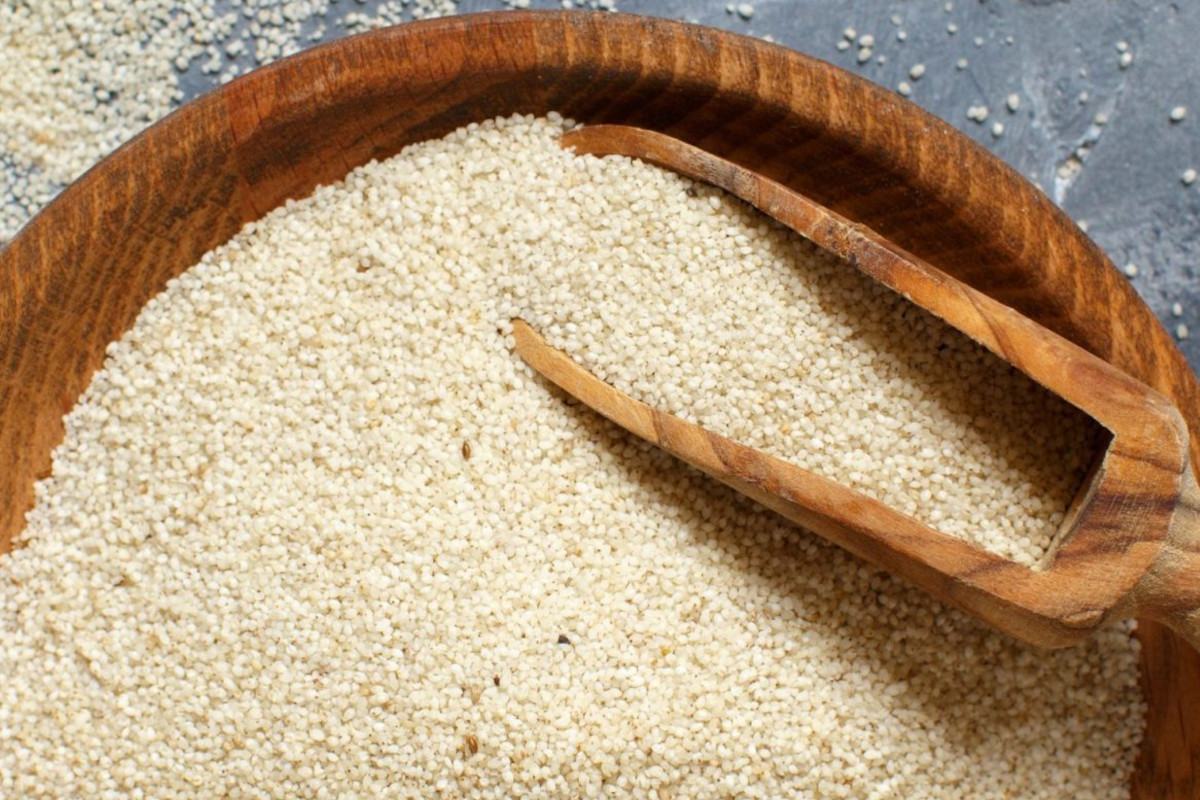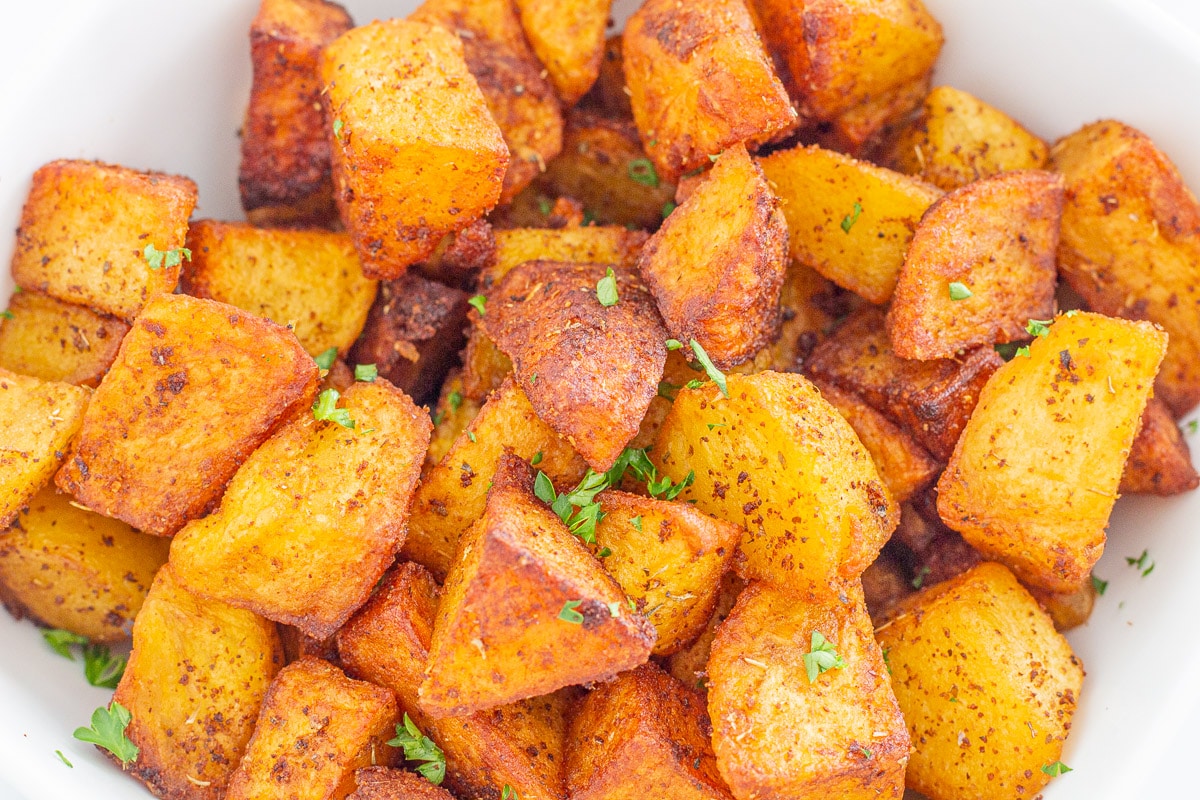The Knorr research center, together with the WWF, has published a report on 50 foods that would be environmentally suitable for the future. These are in fact the foods most compatible with the preservation of natural resources. The World Economic Forum has selected seven of them.
The chosen foods respond to some precise features. In order to have a low environmental impact, only plant-based foods were considered, with high nutritional value, and easy accessibility. They are also convenient and acceptable in terms of taste. In some cases, they have higher yields than the average of similar products, and in many cases, they are resistant to drought and heat.
Discover the authentic Italian f&b on the Italianfood.net platform
LEGUMES
Among the 50 foods of the future, we find many legumes. Very nutritious because rich in proteins, minerals, and B-vitamins, they are also important because their cultivation enriches the soil with nitrogen.
Among the most unusual legumes, we find the Bambara beans, cultivated in some regions of Africa. The plant also grows in arid and not very fertile soils. Legumes ripen under the ground, just like peanuts, and can be used fresh, or dried and reduced to flour. They contain less fat than peanuts and have an interesting nutritional profile because of their particular combination of carbohydrates, proteins, fibers, as well as many vitamins and minerals.
CEREALS
Cereals and pseudo-cereals are cultivated all over the world. In western countries, wheat prevails, just like corn in South America, and rice and millet in Asia and in many regions of Africa. However, the cereals we could use are much more numerous. Among them, quinoa and amaranth have now reached certain notoriety.

Among the lesser-known ones, we should mention fonio, cultivated in Africa for over 5,000 years. It is resistant to drought and grows even in sandy and acid soils, its roots help to consolidate the soil and prevent desertification, and it is among the fastest maturing cereals in the world. Teff is also a cereal, characterized by a small rounded seed and cultivated for a long time in Ethiopia where the flour is used to make the typical injera bread.
VEGETABLES
Among vegetables, the Knorr report mentions several green leafy ones as suitable for future consumption. In fact, they are versatile, low in calories, and rich in fiber, vitamins, and minerals. We find the classic spinach, suitable for cooler climates, but also unusual suggestions such as consuming pumpkin leaves, as well as edible flowers. Then there are chard and different brassicas, the latter being plants belonging to the cabbage family, known for their richness in protective phytocompounds: from kale to friarielli, from pack choi (Chinese cabbage characterized by a delicate taste) to purple cabbage.
Among the more unusual vegetables, we find watercress. It prefers cool climates and grows in humid soils or even immersed in water, and it is considered a superfood for its high content of antioxidants, especially beta-carotene and C-vitamin. Okra is also very interesting for the near future, as it is one of the most heat and drought-resistant plants.
MUSHROOMS
In the list of future foods, we find also many species of mushrooms: versatile, easy to cultivate, and interesting from a nutritional point of view. From the East come varieties that are also used in traditional medicine, such as Maitake.
NUTS AND SEEDS
Walnuts and seeds are considered superfoods because of their content of proteins, vitamins, and essential fatty acids. The particular flavor and crunchy texture make them suitable for many uses. Moreover, walnut is perhaps the most ancient tree used by humans as a food source. Seeds are used all over the world. Hemp seeds, in particular, are very nutritious.
SPROUTS
The use of sprouts as food dates back to 5 thousand years ago and they are appreciated because during sprouting they greatly increase nutritional richness. Sprouts have a delicate taste and can be tasted both raw and cooked. Among the most renowned ones we can find soybean and green mung bean, however, they can be obtained from a great number of plants such as alpha alpha and chickpeas.
TUBERS
The most famous edible tuber is potato, which comes in dozens of varieties even if only a few are widely cultivated. Among the less known tubers, we should remember ube, or purple yam, a climbing plant from the Philippines which produces edible roots of purple color and sweet taste.
Mexican potato, belonging to the family of leguminous plants, is interesting too. It contains more water than other tubers, therefore it is less caloric and more refreshing and used raw in salads, stewed, or fried, just like potatoes. This plant has a high yield and allows to enrich the soil in nitrogen.

CACTI AND ALGAE
Among the most unusual foods, there are also cacti and algae. The first ones are better known for their decorative aspect, but they can also be eaten. In southern Italy, prickly pear is a common food, but only its fruits are eaten. Young leaves are instead common ingredients of Mexican cuisine, under the name of nopales.
Seaweeds have reached the tables of the whole world in the last years’ thanks to restaurants specializing in typical Far Eastern cuisine. They contain essential fatty acids (in particular omega3) and antioxidants. The most common ones, such as Nori and Wakame seaweed, are easily cultivated without the need for fertilizers and pesticides.

